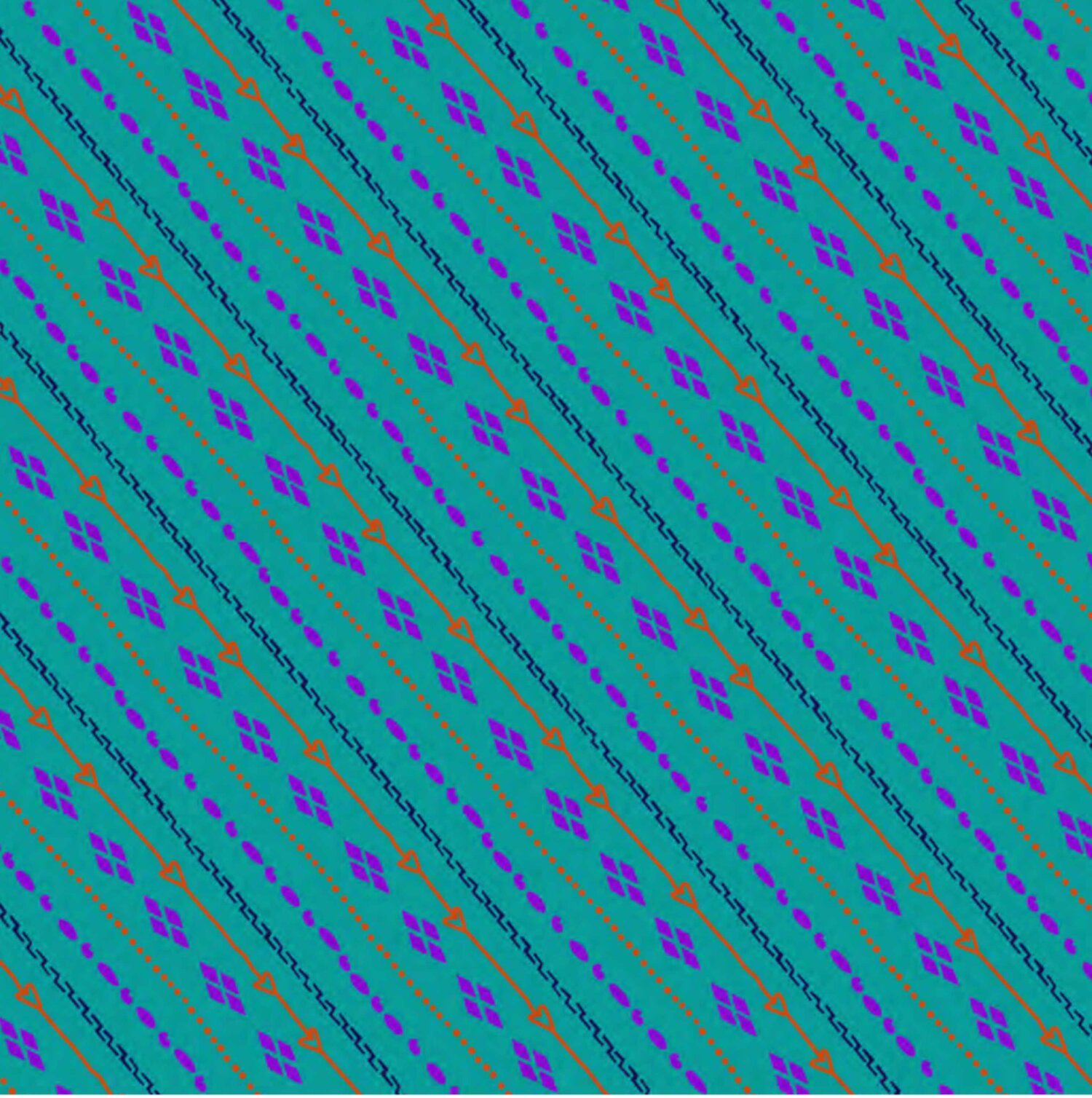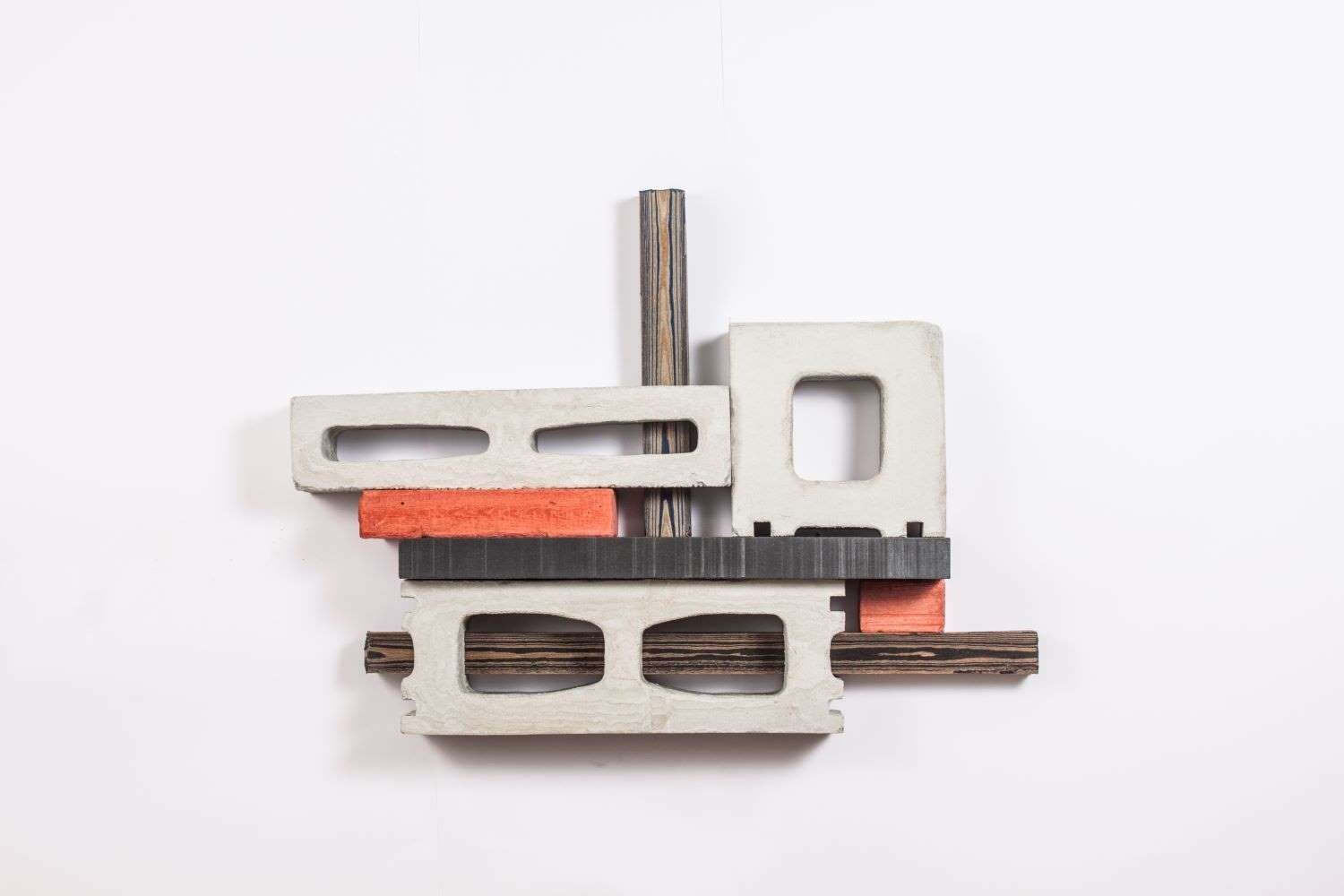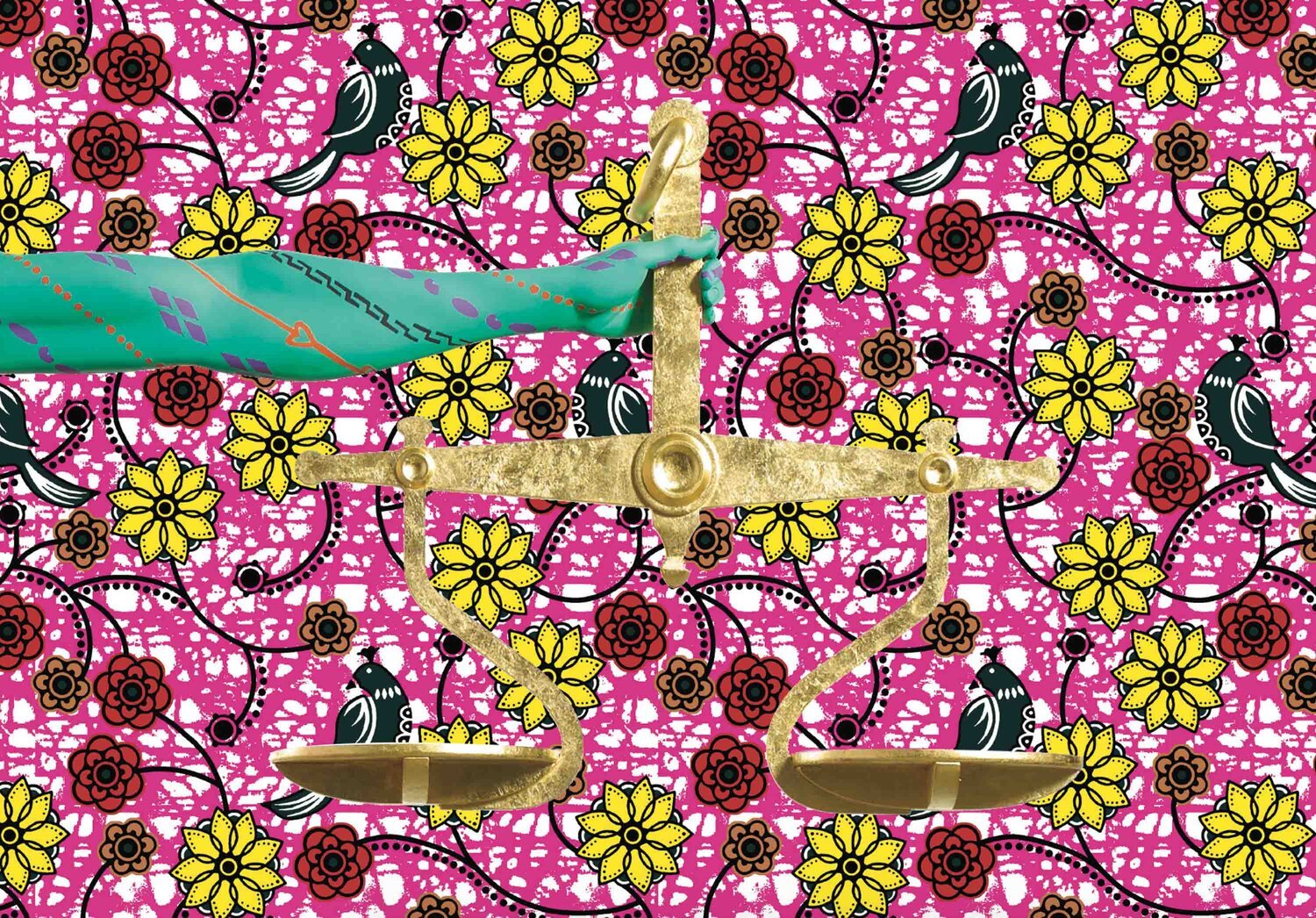Yinka Shonibare's 'Justice for All' in Singapore
Asian Art Institutum, Stephen Friedman Gallery and The Arts House
By Ian Tee
Yinka Shonibare CBE, ‘Justice for All’, 2019, digital realisation of artwork. Image courtesy of the artist and Stephen Friedman Gallery, London.
Yinka Shonibare CBE calls himself a "post-colonial hybrid". He is a London-born artist of Nigerian heritage, who moved to Lagos at the age of three. Shonibare returned to London for his undergraduate studies, and came into prominence as one of the Young British Artists in the 1990s. His multi-faceted practice draws from western art history and literature to question the construction of identity and the legacies of colonialism.
Organised by The Asian Art Institutum together with Stephen Friedman Gallery, Shonibare's latest site-specific commission responds to the history of The Arts House in Singapore, the nation's oldest colonial building. It has an illustrious history of being a courthouse used by the British colonial authorities from 1827 and later by the Legislative Assembly. After gaining independence, Singapore's first parliamentary session was opened there in 1965, and today it is a home for multidisciplinary art programmes. Titled 'Justice for All', Shonibare’s work is an immersive installation staged inside the old parliament chamber, highlighting its past as a site of imperialist authority and power. Its centrepiece is a monumental figurative sculpture based on British sculptor F.W. Pomeroy's 'Lady Justice' which stands on the dome of London's Central Criminal Court.
Yinka Shonibare CBE, ‘Justice for All’, 2019, detail of hand painted Batik pattern. Copyright Yinka Shonibare CBE. Image courtesy of the artist and Stephen Friedman Gallery, London.
This symbol of colonial dominance is refashioned in Shonibare's hands. While the original sculpture is gilded in gold, the Singaporean Lady Justice is depicted wearing a brightly patterned, ankle-length garment made from Dutch wax batik while her skin is painted with a motif gleaned from Javanese batik in the collection of Sir Stamford Raffles. Like the rest of Shonibare's figures, her head is replaced with a hand-painted globe, which features a map of the world. For the artist, Dutch wax batik is an important material that carries the complex relationships among Europe, Africa and Asia. Originally inspired by Javanese batik, the Dutch East India Company manufactured and sold its own variant to the African market in the 19th century. The fabric was embraced as a marker of "authentic African identity" by anti-colonial nationalists in the 1960s.
The story of batik's evolution and adaptation mirrors how identity is constantly in flux. Exhibition curator Zehra Jumabhoy hopes that the work is a call to ponder Singapore's past and the formation of its identity in the present. "Since colonial times, Singapore’s heritage was tied to trade and the island was a de facto facilitator for the various Asias," says Jumabhoy. "I am a firm believer that the past is never dead. It is just re-configured, and what is amazing about Shonibare’s work is that it reminds us of that." She notes that the closer we look, the blurrier distinctions between what seems to be Asian or African become as even the "original" courtly Javanese batik underwent changes thanks to trade with China, India and Britain. "In other words, there is no ‘authentic’ batik that isn’t already mixed-up through the passage of time, trade and travel," she adds.
Yinka Shonibare CBE, ‘Odile and Odette’ (film still), 2005, high definition digital video, 14 minutes 28 seconds, edition of 6 +2 APs. Image courtesy of the artist.
The presentation of 'Justice for All' is accompanied with screenings of two films by Shonibare 'Un Ballo in Maschera (A Masked Ball)' (2004) and 'Odile and Odette' (2005). The artist invites viewers to reflect on power dynamics in contemporary politics through reimagined scenes from iconic European theatre. Taken together, they serve as counter-points to the exhibition's themes of imperial history and cultural identity.
'Justice for All' by Yinka Shonibare CBE is on view from 13 to 31 January 2020 at The Arts House, Singapore.














